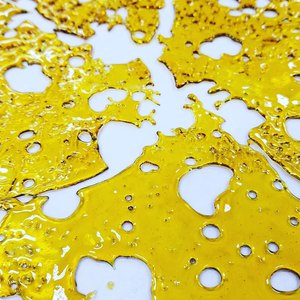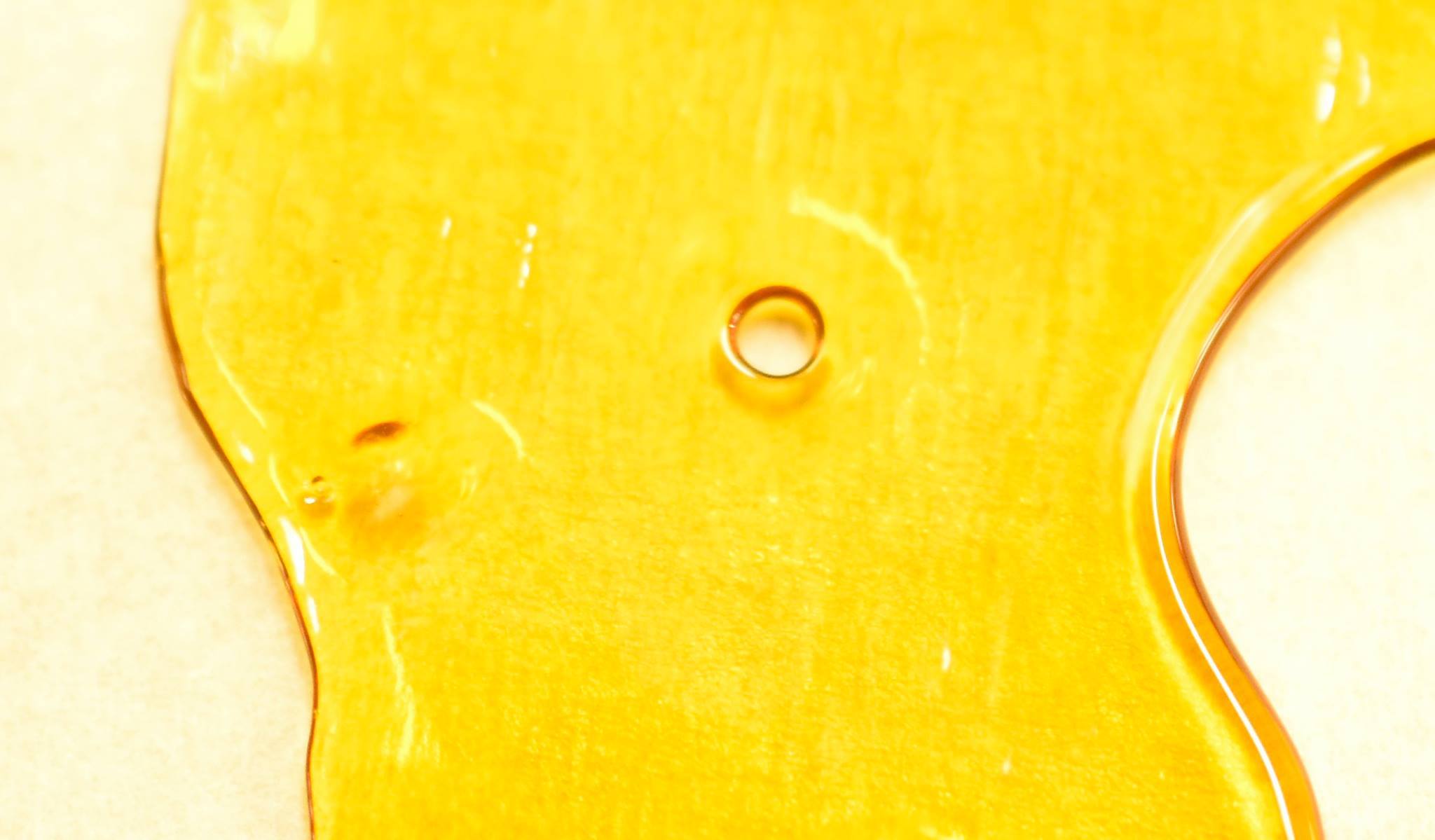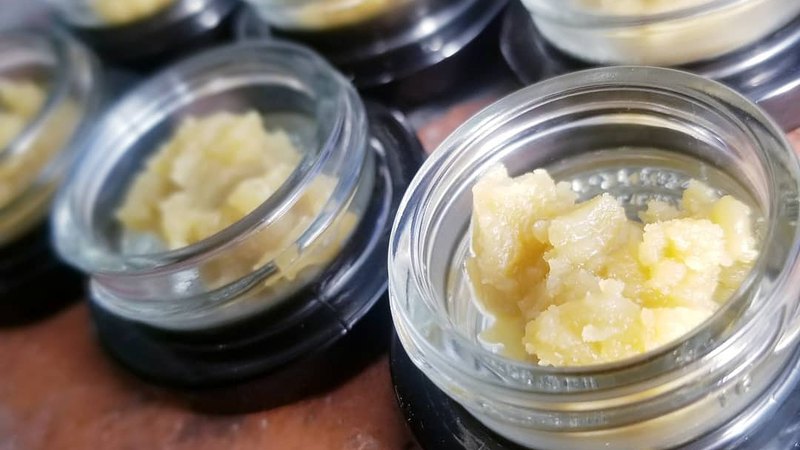

The primary difference between live resin vs. With varying properties, features, and smoking experience, is there a clear winner in the live resin vs. The extraction processes are fairly similar, though incoming material is different when discussing live resin vs.

shatter, the primary differences may seem negligible to a novice, but quite noticeable to a connoisseur. It can be easy to confuse the many types of cannabis extracts, especially for anyone new to the scene. Shatter melts easily but will remain in a sheet until it’s intentionally ‘shattered’ before use. It is translucent or golden and can resemble Swiss cheese, with holes where air bubbles popped during the vacuum purge. Unlike the saucy texture of live resin, shatter is like a very thin sheet of brittle, yet slightly firm extract. It’s during this process that the shatter takes shape. The post-extraction process involves placing the extracted oil into a high-pressure vacuum oven to purge any residual solvents. During the production cycle, the trichomes are separated using heat and compression. Shatter is made by using a hydrocarbon, most often butane, in a closed-loop extraction machine. Even though the trichomes have been dried and likely have endured some damage during transport and storage, they still hold valuable compounds that give life to potent extracts like shatter. So, if using big, whole buds, the resulting product will be more robust in potency and more aromatic and flavorful than using just trimmings.

What goes into shatter will indicate what comes out. Shatter is a cannabis extract that is made with dried, cured flower and trim. Not overly sticky or too thin, it melts perfectly onto the nail of a dab rig. The result is an ultra-creamy extract that glistens like diamonds. Some companies like Bloom Brands process the plant within two hours after harvest to ensure the preservation of trichomes at their ripest. Live resin is very true to the flavor and effect of the live plant, but with a higher concentration of terpenes and cannabinoids.Īnother way to make live resin is to process the freshly trimmed flower immediately after harvest. It’s bursting with terpenes, tasting like fresh fruit, musky mangoes, or astringent herbs. The plant’s terpene profile remains intact when using fresh flowers, providing a rich flavor and complex aromatic extract. Its color is bright and vibrant, often golden orange and shiny. Live resin is a thick, saucy extract and can somewhat resemble the crystallized honey left at the bottom of the jar. The plant’s essence is inside these trichomes, and the typical cut, dry, cure process can damage these fragile terpenes and degrade cannabinoids. It’s in these glistening glands that the terpenes and cannabinoids live, providing for the flavor, aroma, and effect of each strain of cannabis. At the peak of harvest, the plants are cut down and flash-frozen in an attempt to preserve the precious trichomes. Live resin is a cannabis extract made from fresh, live cannabis plants. Let’s look at how they are similar, what sets them apart, and if one is better than the other. But perhaps two of the most well-known and sought-after types of extracts come with the question: what is the difference between shatter vs. Most extracts are often named for their texture and consistency - budder, wax, diamonds, crumble, and snap ‘n pull being a few of them. With this rise in tech comes intriguing and intricate ways to process cannabis flowers into highly concentrated smokeable products. Smoking, dabbing, and vaping extracts have become a subculture in the cannabis community - where glass blowers, hash makers, and cultivar hunters are celebrities in their own right.

Extraction technology has forever changed the way we consume cannabis.


 0 kommentar(er)
0 kommentar(er)
